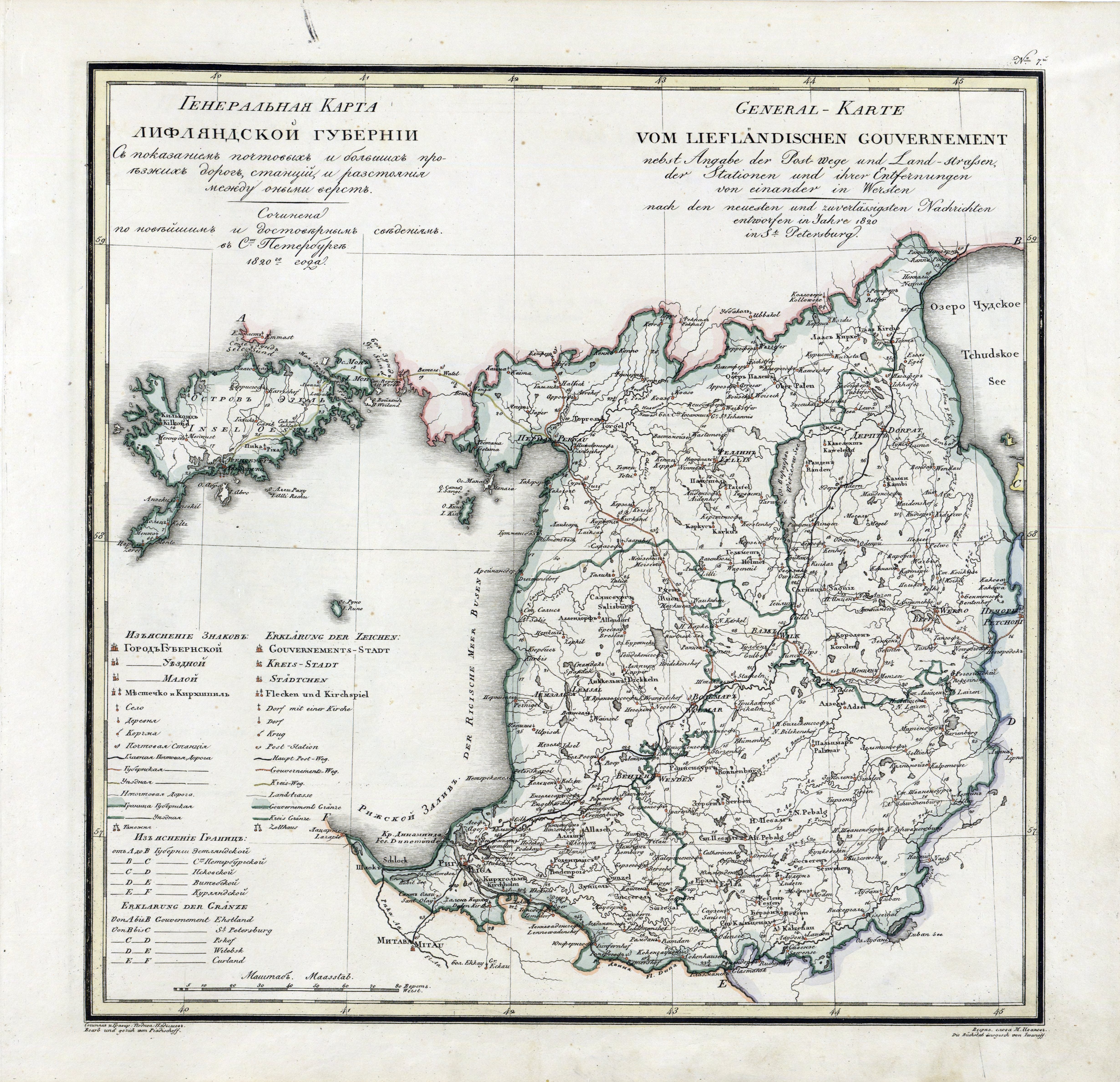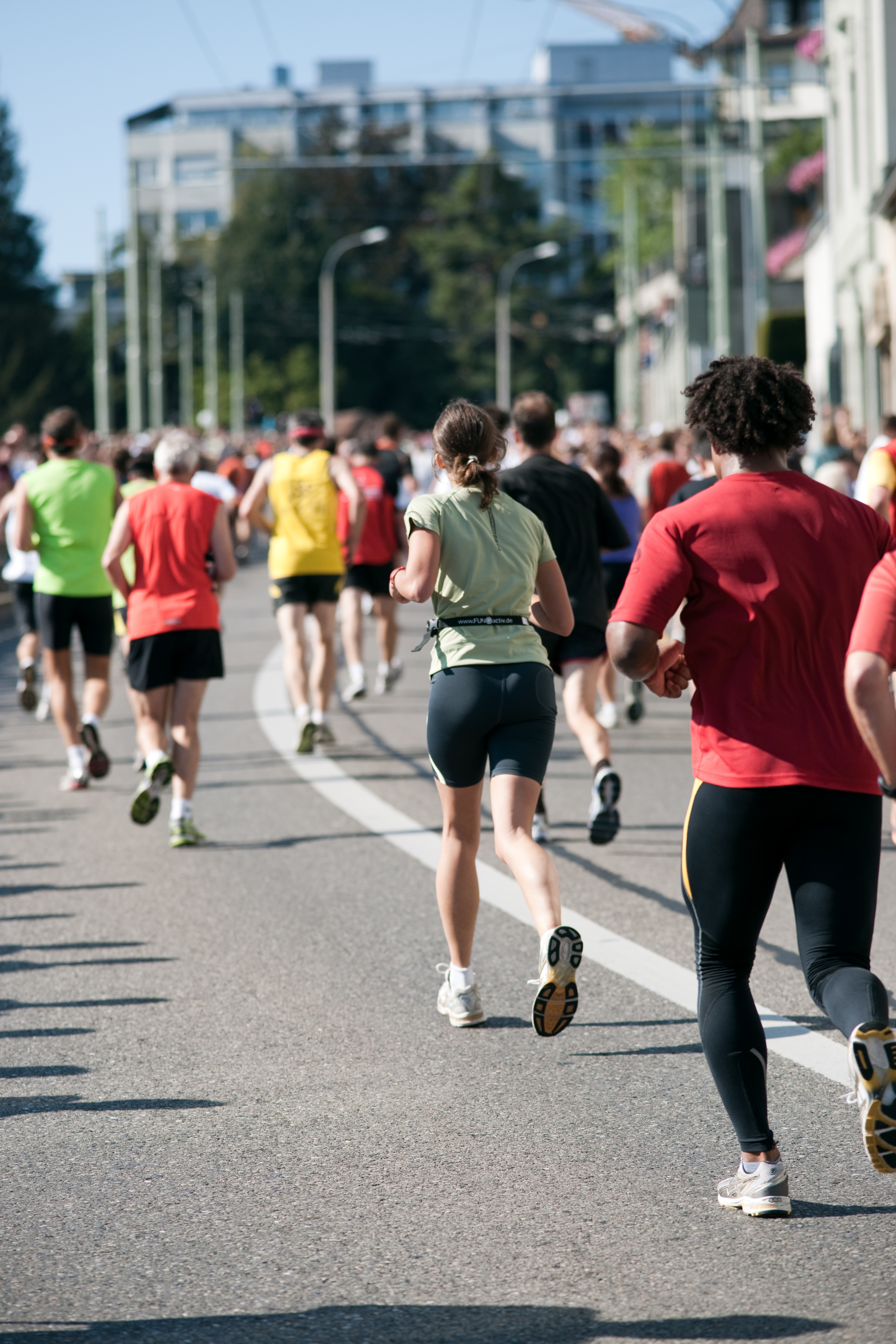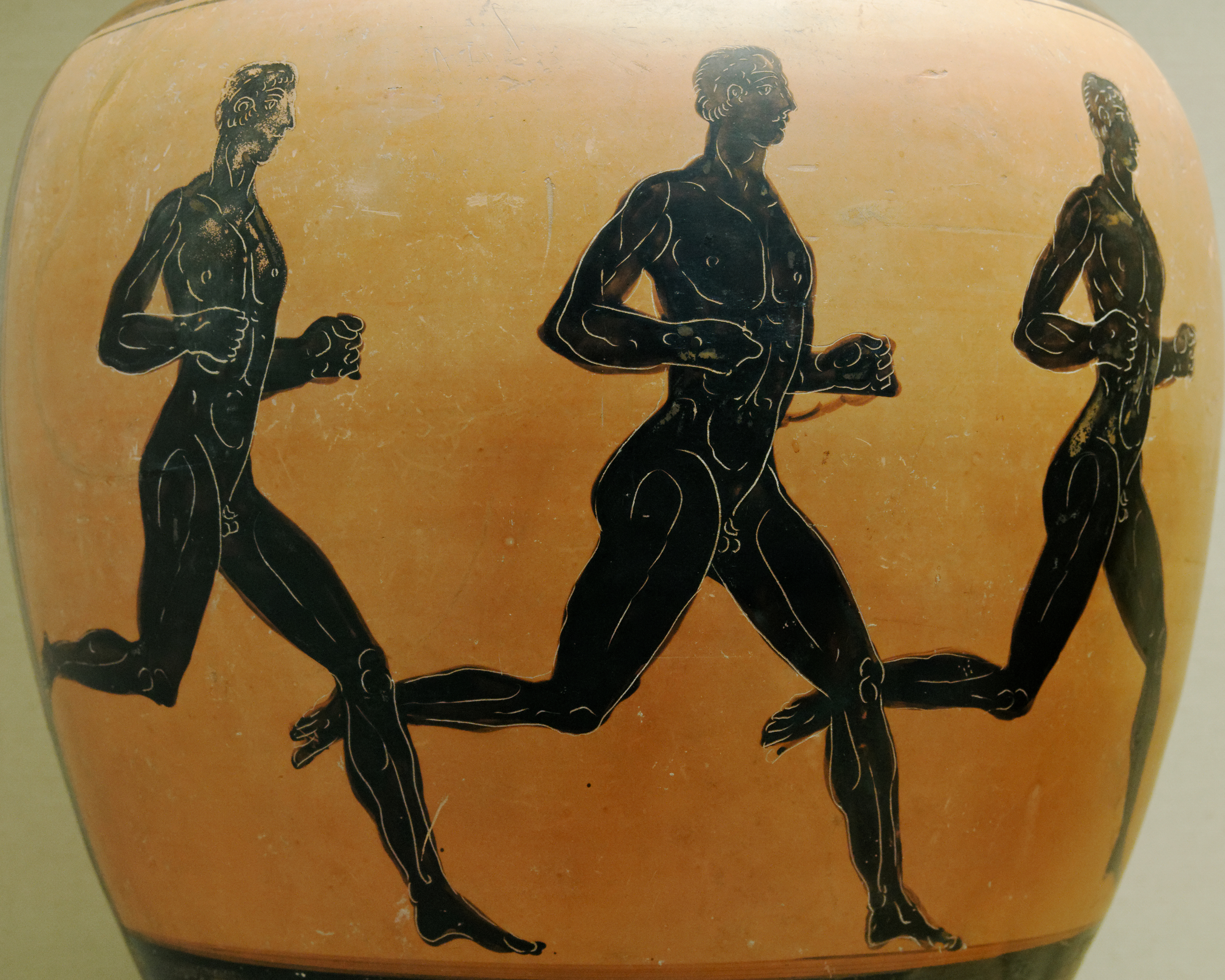|
Karl Laas (runner)
Karl Laas (17 April 1908 – 28 December 1967) was an Estonian long-distance runner. He competed in the marathon at the 1928 Summer Olympics The 1928 Summer Olympics (), officially the Games of the IX Olympiad (), was an international multi-sport event that was celebrated from 28 July to 12 August 1928 in Amsterdam, Netherlands. The city of Amsterdam had previously bid for .... References External links * 1908 births 1967 deaths Athletes from Tartu People from Kreis Dorpat Athletes (track and field) at the 1928 Summer Olympics Estonian male long-distance runners Estonian male marathon runners Olympic athletes for Estonia 8th Estonian Rifle Corps personnel Burials at Metsakalmistu {{Estonia-athletics-bio-stub ... [...More Info...] [...Related Items...] OR: [Wikipedia] [Google] [Baidu] |
Tartu
Tartu is the second largest city in Estonia after Tallinn. Tartu has a population of 97,759 (as of 2024). It is southeast of Tallinn and 245 kilometres (152 miles) northeast of Riga, Latvia. Tartu lies on the Emajõgi river, which connects the two largest lakes in Estonia, Lake Võrtsjärv and Lake Peipus. From the 13th century until the end of the 19th century, Tartu was known in most of the world by variants of its historical name Dorpat. Tartu, the largest urban centre of southern Estonia, is often considered the "intellectual capital city" of the country, especially as it is home to the nation's oldest and most renowned university, the University of Tartu (founded in 1632). Tartu also houses the Supreme Court of Estonia, the Ministry of Education and Research (Estonia), Ministry of Education and Research, the Estonian National Museum, and the oldest Estonian-language theatre, Vanemuine. It is also the birthplace of the Estonian Song Festivals. Tartu was designated as the E ... [...More Info...] [...Related Items...] OR: [Wikipedia] [Google] [Baidu] |
Governorate Of Livonia
The Governorate of Livonia, also known as the Livonia Governorate, was a province (''guberniya'') and one of the Baltic governorates of the Russian Empire, Baltic Governorate-General until 1876. Governorate of Livonia bordered Governorate of Estonia to the north, Saint Petersburg Governorate, Saint Petersburg and Pskov Governorate, Pskov Governorates to the east, Courland Governorate to the south, and the Gulf of Riga to the west. In 1897, the population of the governorate was 1,299,365, and it had an area of . The administrative centre of the governorate was the Baltic Sea port of Riga. It roughly corresponded to most of the modern Vidzeme, Vidzeme Region of Latvia and southern Estonia. History Following the capitulation of Estonia and Livonia in 1710, Peter the Great, on 28 July 1713, created the Riga Governorate () which also included Smolensk uezd, Dorogobuzh uezd, Roslavl uezd and Vyazma uezd of Smolensk Governorate. Smolensk Province was created from territory in Smolen ... [...More Info...] [...Related Items...] OR: [Wikipedia] [Google] [Baidu] |
Russian Empire
The Russian Empire was an empire that spanned most of northern Eurasia from its establishment in November 1721 until the proclamation of the Russian Republic in September 1917. At its height in the late 19th century, it covered about , roughly one-sixth of the world's landmass, making it the list of largest empires, third-largest empire in history, behind only the British Empire, British and Mongol Empire, Mongol empires. It also Russian colonization of North America, colonized Alaska between 1799 and 1867. The empire's 1897 census, the only one it conducted, found a population of 125.6 million with considerable ethnic, linguistic, religious, and socioeconomic diversity. From the 10th to 17th centuries, the Russians had been ruled by a noble class known as the boyars, above whom was the tsar, an absolute monarch. The groundwork of the Russian Empire was laid by Ivan III (), who greatly expanded his domain, established a centralized Russian national state, and secured inde ... [...More Info...] [...Related Items...] OR: [Wikipedia] [Google] [Baidu] |
Tallinn
Tallinn is the capital city, capital and List of cities in Estonia, most populous city of Estonia. Situated on a Tallinn Bay, bay in north Estonia, on the shore of the Gulf of Finland of the Baltic Sea, it has a population of (as of 2025) and administratively lies in the Harju County, Harju ''Counties of Estonia, maakond'' (county). Tallinn is the main governmental, financial, industrial, and cultural centre of Estonia. It is located northwest of the country's second largest city, Tartu, however, only south of Helsinki, Finland; it is also west of Saint Petersburg, Russia, north of Riga, Latvia, and east of Stockholm, Sweden. From the 13th century until the first half of the 20th century, Tallinn was known in most of the world by variants of its other historical Names of Tallinn in different languages, name Reval. “Reval” received Lübeck law, Lübeck city rights in 1248; however, the earliest evidence of human settlement in the area dates back nearly 5,000 years. The ... [...More Info...] [...Related Items...] OR: [Wikipedia] [Google] [Baidu] |
Long-distance Track Event
Long-distance running, or endurance running, is a form of continuous running over distances of at least . Physiologically, it is largely Aerobic exercise, aerobic in nature and requires stamina as well as mental strength. Within endurance running come two different types of Respiration (physiology), respiration. The more prominent side that runners experience more frequently is aerobic respiration. This occurs when oxygen is present, and the body can utilize oxygen to help generate energy and muscle activity. On the other side, anaerobic respiration occurs when the body is deprived of oxygen, and this is common towards the final stretch of races when there is a drive to speed up to a greater intensity. Overall, both types of respiration are used by endurance runners quite often, but are very different from each other. Among mammals, humans are well adapted for running significant distances, particularly so among primates. The capacity for endurance running is also found in ... [...More Info...] [...Related Items...] OR: [Wikipedia] [Google] [Baidu] |
Athletics At The 1928 Summer Olympics – Men's Marathon
The men's marathon at the 1928 Summer Olympics was held in Amsterdam, Netherlands on 5 August 1928. The race started at 15:14 local time. A total number of 57 athletes completed the race, with Willem van der Steen from the Netherlands , Terminology of the Low Countries, informally Holland, is a country in Northwestern Europe, with Caribbean Netherlands, overseas territories in the Caribbean. It is the largest of the four constituent countries of the Kingdom of the Nether ... finishing in last position in 3:29:21. There were 69 competitors from 23 countries. Twelve of them did not finish. The maximum number of athletes per nation was 6.Official Report, p. 374. The event was won by Boughera El Ouafi of France, the nation's first Olympic marathon victory since 1900 (and second overall). Manuel Plaza's silver made him the first Olympic medalist from Chile, while Martti Marttelin's bronze put Finland on the podium in the event for the third straight Games. Background Th ... [...More Info...] [...Related Items...] OR: [Wikipedia] [Google] [Baidu] |
1928 Summer Olympics
The 1928 Summer Olympics (), officially the Games of the IX Olympiad (), was an international multi-sport event that was celebrated from 28 July to 12 August 1928 in Amsterdam, Netherlands. The city of Amsterdam had previously bid for the 1920 and 1924 Olympic Games. Still, it was obliged to give way to war-torn Antwerp in Belgium for the 1920 Summer Olympics, 1920 Games and Pierre de Coubertin's Paris for the 1924 Summer Olympics, 1924 Games. The only other candidate city for the 1928 Olympics was Los Angeles, which would eventually be selected to host the Olympics four years later. In preparation for the 1932 Summer Olympics, the United States Olympic Committee reviewed the costs and revenue of the 1928 Games. The committee reported a total cost of United States dollar, US$1.183 million with receipts of US$1.165 million, giving a negligible loss of US$18,000, which was a considerable improvement over the 1924 Games. The United States won the most gold and medals over ... [...More Info...] [...Related Items...] OR: [Wikipedia] [Google] [Baidu] |
1908 Births
This is the longest year in either the Julian or Gregorian calendars, having a duration of 31622401.38 seconds of Terrestrial Time (or ephemeris time), measured according to the definition of mean solar time. Events January * January 1 – The British ''Nimrod'' Expedition led by Ernest Shackleton sets sail from New Zealand on the ''Nimrod'' for Antarctica. * January 3 – A total solar eclipse is visible in the Pacific Ocean and is the 46th solar eclipse of Solar Saros 130. * January 13 – A fire breaks out at the Rhoads Opera House in Boyertown, Pennsylvania, killing 171 people. * January 15 – Alpha Kappa Alpha, the first race inclusive sorority is founded on the campus of Howard University in Washington, D.C. * January 24 – Robert Baden-Powell's '' Scouting for Boys'' begins publication in London. The book eventually sells over 100 million copies, and effectively begins the worldwide Boy Scout movement. February * February 1 – Lisbon Regicide: Ki ... [...More Info...] [...Related Items...] OR: [Wikipedia] [Google] [Baidu] |
1967 Deaths
Events January * January 1 – Canada begins a year-long celebration of the 100th anniversary of Canadian Confederation, Confederation, featuring the Expo 67 World's Fair. * January 6 – Vietnam War: United States Marine Corps and Army of the Republic of Vietnam troops launch ''Operation Deckhouse Five'' in the Mekong Delta. * January 8 – Vietnam War: Operation Cedar Falls starts, in an attempt to eliminate the Iron Triangle (Vietnam), Iron Triangle. * January 13 – A military coup occurs in Togo under the leadership of Étienne Eyadema. * January 15 – Louis Leakey announces the discovery of pre-human fossils in Kenya; he names the species ''Proconsul nyanzae, Kenyapithecus africanus''. * January 23 ** In Munich, the trial begins of Wilhelm Harster, accused of the murder of 82,856 Jews (including Anne Frank) when he led German security police during the German occupation of the Netherlands. He is eventually sentenced to 15 years in prison. ** Milton Keynes in England is ... [...More Info...] [...Related Items...] OR: [Wikipedia] [Google] [Baidu] |
Athletes From Tartu
An athlete is most commonly a person who competes in one or more sports involving physical strength, speed, power, or endurance. Sometimes, the word "athlete" is used to refer specifically to sport of athletics competitors, i.e. including track and field and marathon runners but excluding e.g. swimmers, footballers or basketball players. However, in other contexts (mainly in the United States) it is used to refer to all athletics (physical culture) participants of any sport. For the latter definition, the word sportsperson or the gendered sportsman or sportswoman are also used. A third definition is also sometimes used, meaning anyone who is physically fit regardless of whether they compete in a sport. Athletes may be professionals or amateurs. Most professional athletes have particularly well-developed physiques obtained by extensive physical training and strict exercise, accompanied by a strict dietary regimen. Definitions The word "athlete" is a romanization of the , ''at ... [...More Info...] [...Related Items...] OR: [Wikipedia] [Google] [Baidu] |
People From Kreis Dorpat
The term "the people" refers to the public or common mass of people of a polity. As such it is a concept of human rights law, international law as well as constitutional law, particularly used for claims of popular sovereignty. In contrast, a people is any plurality of persons considered as a whole. Used in politics and law, the term "a people" refers to the collective or community of an ethnic group or nation. Concepts Legal Chapter One, Article One of the Charter of the United Nations states that "peoples" have the right to self-determination. Though the mere status as peoples and the right to self-determination, as for example in the case of Indigenous peoples (''peoples'', as in all groups of indigenous people, not merely all indigenous persons as in ''indigenous people''), does not automatically provide for independent sovereignty and therefore secession. Indeed, judge Ivor Jennings identified the inherent problems in the right of "peoples" to self-determination, as i ... [...More Info...] [...Related Items...] OR: [Wikipedia] [Google] [Baidu] |
Athletes (track And Field) At The 1928 Summer Olympics
An athlete is most commonly a person who competes in one or more sports involving physical strength, speed, power, or endurance. Sometimes, the word "athlete" is used to refer specifically to sport of athletics competitors, i.e. including track and field and marathon runners but excluding e.g. swimmers, footballers or basketball players. However, in other contexts (mainly in the United States) it is used to refer to all athletics (physical culture) participants of any sport. For the latter definition, the word sportsperson or the gendered sportsman or sportswoman are also used. A third definition is also sometimes used, meaning anyone who is physically fit regardless of whether they compete in a sport. Athletes may be professionals or amateurs. Most professional athletes have particularly well-developed physiques obtained by extensive physical training and strict exercise, accompanied by a strict dietary regimen. Definitions The word "athlete" is a romanization of the , ''a ... [...More Info...] [...Related Items...] OR: [Wikipedia] [Google] [Baidu] |






